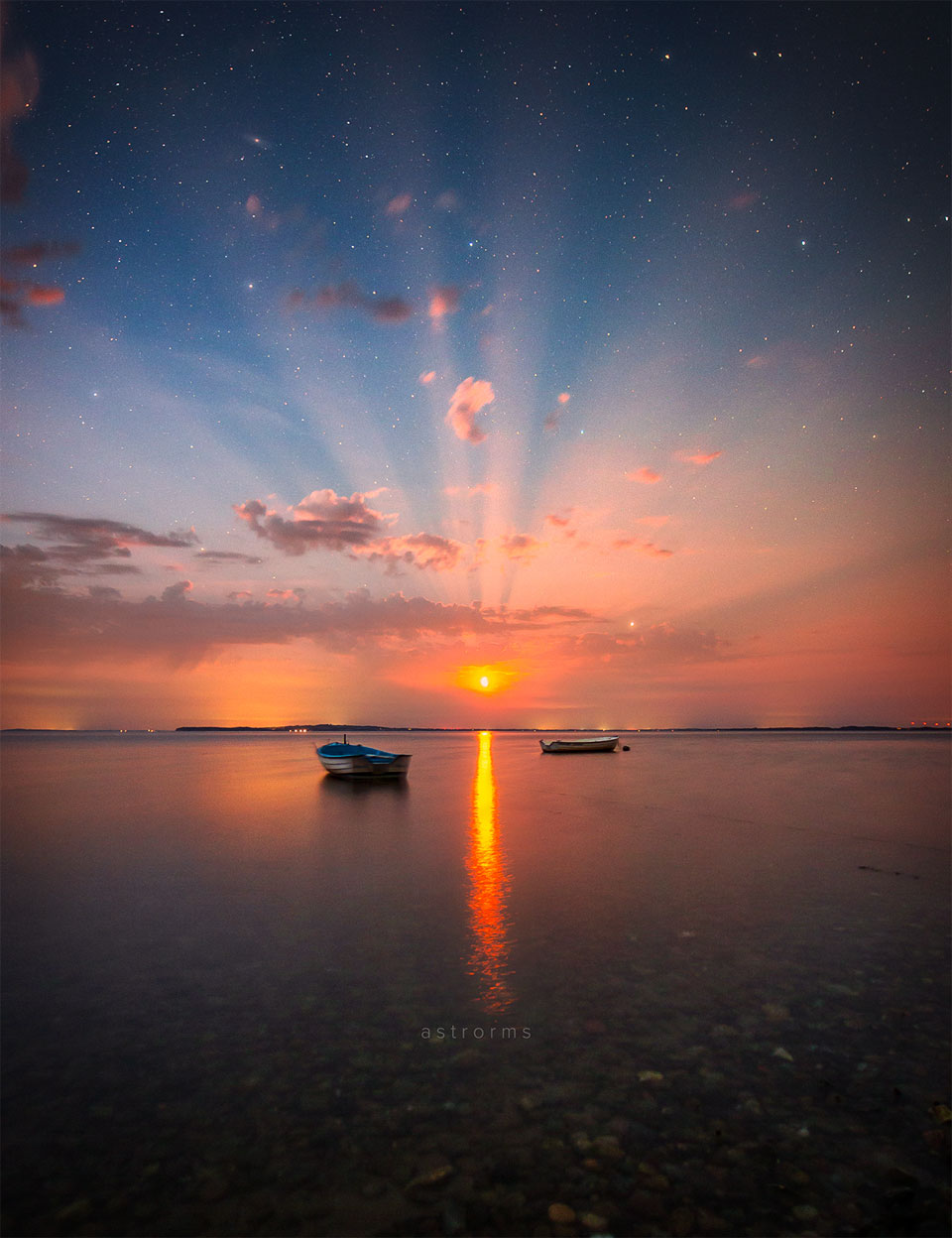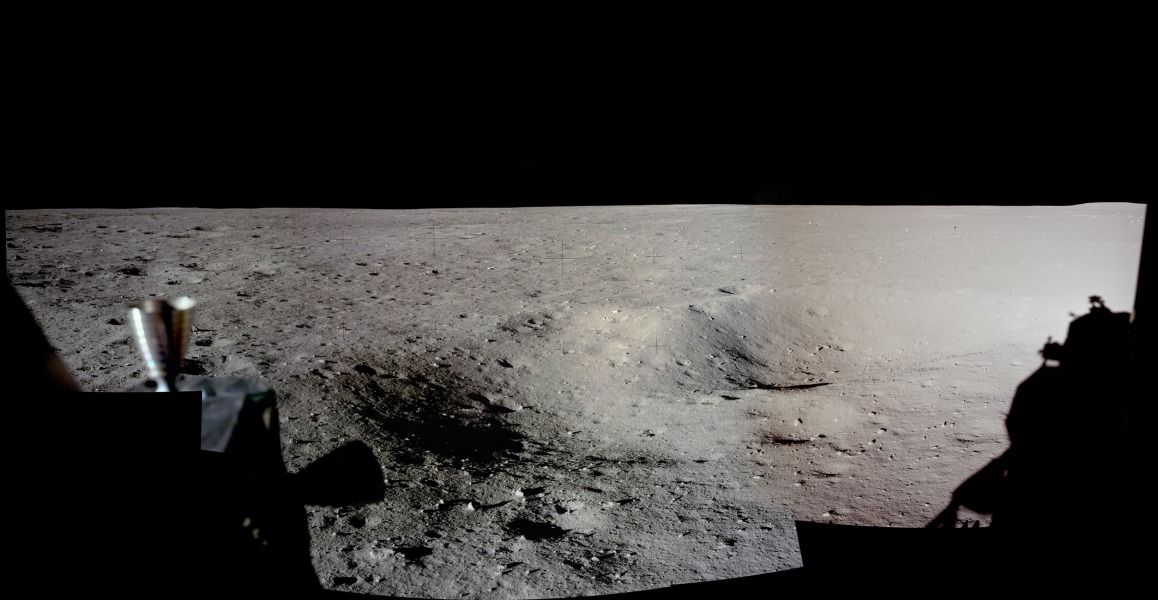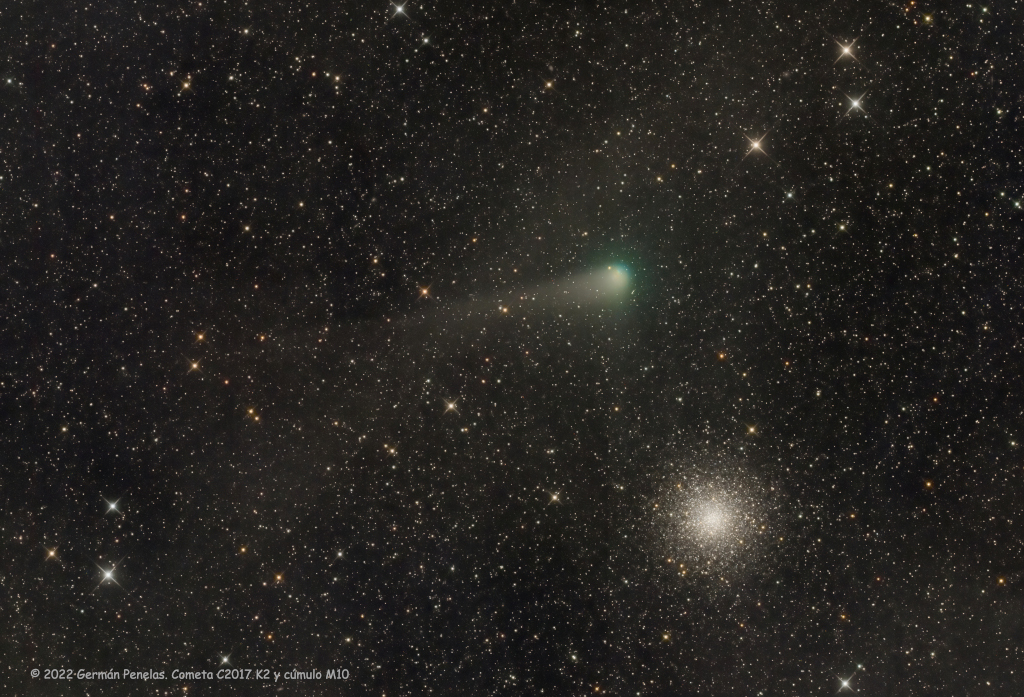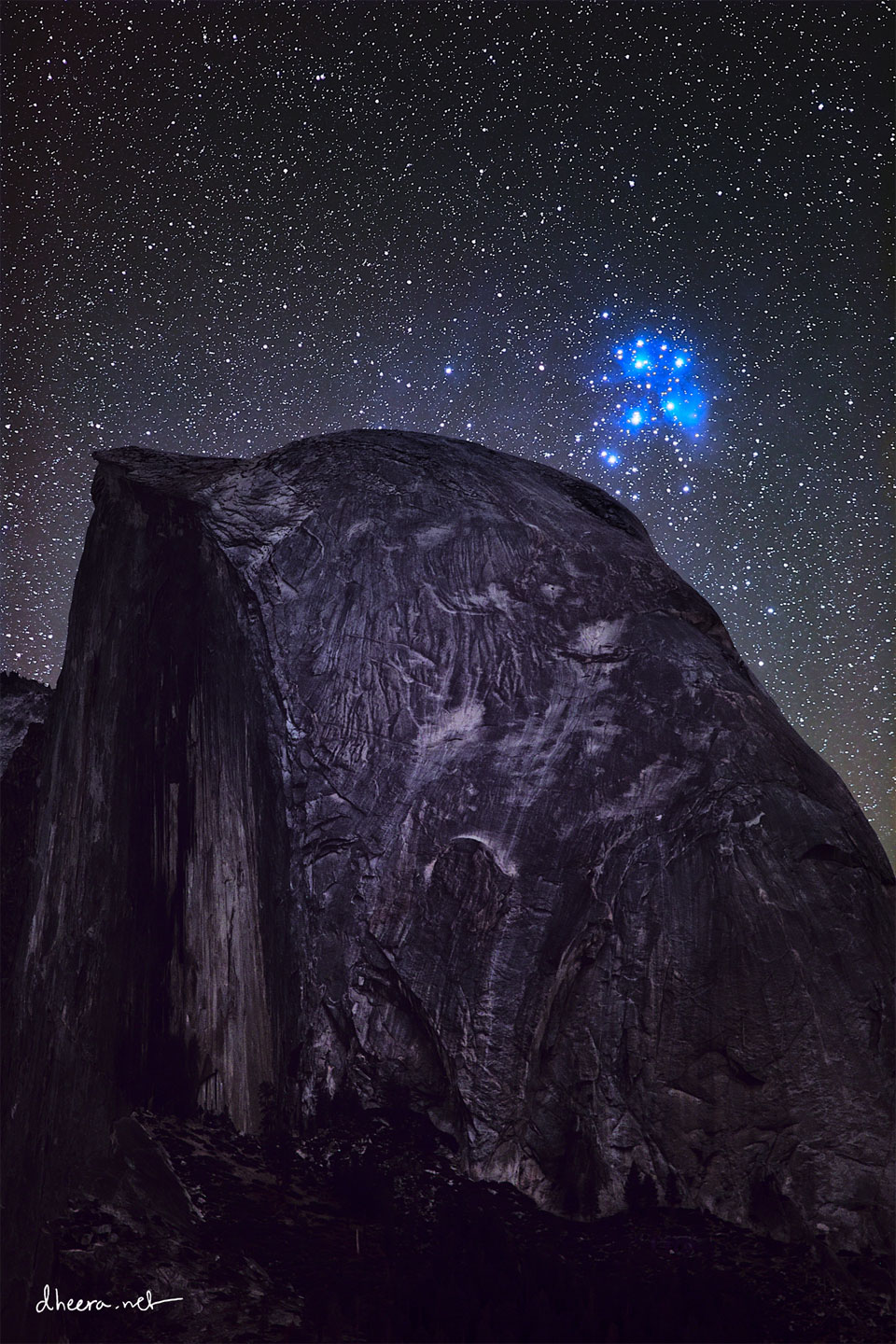Nombre total de pages vues
27/07/2022
LA VOIE LACTEE SUR TERRE - Suisse : le Cervin sommet mythique des alpinistes
ASTROPHOTOGRAPHIE - La comète Catalina et ses deux queues
ASTRONOMY - Comet NEOWISE Rising over the Adriatic Sea
2022 July 26
Video Credit & Copyright: Paolo Girotti
Explanation: This sight was worth getting out of bed early. Two years ago this month, Comet C/2020 F3 (NEOWISE) rose before dawn to the delight of northern sky enthusiasts awake that early. Up before sunrise on July 8th, the featured photographer was able to capture in dramatic fashion one of the few comets visible to the unaided eye this century, an inner-Solar System intruder that has become known as the Great Comet of 2020. The resulting video detailed Comet NEOWISE from Italy rising over the Adriatic Sea. The time-lapse video combines over 240 images taken over 30 minutes. The comet was seen rising through a foreground of bright and undulating noctilucent clouds, and before a background of distant stars. Comet NEOWISE remained unexpectedly bright until 2020 August, with its ion and dust tails found to emanate from a nucleus spanning about five kilometers across.
ASTRONOMY - Crepuscular Moon Rays over Denmark
2022 July 27
Image Credit & Copyright: Ruslan Merzlyakov (astrorms)
Explanation: This moon made quite an entrance. Typically, a moonrise is quiet and serene. Taking a few minutes to fully peek above the horizon, Earth's largest orbital companion can remain relatively obscure until it rises high in the nighttime sky. About a week ago, however, and despite being only half lit by the Sun, this rising moon put on a show -- at least from this location. The reason was that, as seen from Limfjord in Nykøbing Mors, Denmark, the moon rose below scattered clouds near the horizon. The result, captured here in a single exposure, was that moonlight poured through gaps in the clouds to created what are called crepuscular rays. These rays can fan out dramatically across the sky when starting near the horizon, and can even appear to converge on the other side of the sky. Well behind our Moon, stars from our Milky Way galaxy dot the background, and our galaxy's largest orbital companion -- the Andromeda galaxy -- can be found on the upper left.
26/07/2022
MICROPHOTOGRAPHIE - Une tête de fourmi psychédélique
25/07/2022
ASTRONOMY - Find the new moon
2022 July 25
Image Credit & Copyright: Mohamad Soltanolkotabi
Explanation: Can you find the Moon? This usually simple task can be quite difficult. Even though the Moon is above your horizon half of the time, its phase can be anything from crescent to full. The featured image was taken in late May from Sant Martí d'Empúries, Spain, over the Mediterranean Sea in the early morning. One reason you can't find this moon is because it is very near to its new phase, when very little of the half illuminated by the Sun is visible to the Earth. Another reason is because this moon is near the horizon and so seen through a long path of Earth's atmosphere -- a path which dims the already faint crescent. Any crescent moon is only visible near the direction the Sun, and so only locatable near sunrise of sunset. The Moon runs through all of its phases in a month (moon-th), and this month the thinnest sliver of a crescent -- a new moon -- will occur in three days.
23/07/2022
ASTRONOMY - Apollo 11 Landing Panorama
2022 July 23
Neil Armstrong, Apollo 11, NASA
Explanation: Have you seen a panorama from another world lately? Assembled from high-resolution scans of the original film frames, this one sweeps across the magnificent desolation of the Apollo 11 landing site on the Moon's Sea of Tranquility. The images were taken by Neil Armstrong looking out his window of the Eagle Lunar Module shortly after the July 20, 1969 landing. The frame at the far left (AS11-37-5449) is the first picture taken by a person on another world. Toward the south, thruster nozzles can be seen in the foreground on the left, while at the right, the shadow of the Eagle is visible to the west. For scale, the large, shallow crater on the right has a diameter of about 12 meters. Frames taken from the Lunar Module windows about an hour and a half after landing, before walking on the lunar surface, were intended to initially document the landing site in case an early departure was necessary.
21/07/2022
ASTRONOMY - Messier 10 and Comet
2022 July 21
Image Credit & Copyright: German Penelas Perez
Explanation: Imaged on July 15 2022, comet C/2017 K2 (PanSTARRS) had a Messier moment, sharing this wide telescopic field of view with globular star cluster Messier 10. Of course M10 was cataloged by 18th century comet hunter Charles Messier as the 10th object on his list of things that were definitely not comets. While M10 is about 14 thousand light-years distant, this comet PanSTARRS was about 15 light-minutes from our fair planet following its July 14 closest approach. Its greenish coma and dust tail entertaining 21st century comet watchers, C/2017 K2 is expected to remain a fine telescopic comet in northern summer skies. On a maiden voyage from our Solar System's remote Oort Cloud this comet PanSTARRS was discovered in May 2017 when it was beyond the orbit of Saturn. At the time that made it the most distant active inbound comet known. Its closest approach to the Sun will be within 1.8 astronomical units on December 19, beyond the orbital distance of Mars.
20/07/2022
ASTRONOMY - Pleiades over Half Dome
2022 July 19
Image Credit & Copyright: Dheera Venkatraman
Explanation: Stars come in bunches. The most famous bunch of stars on the sky is the Pleiades, a bright cluster that can be easily seen with the unaided eye. The Pleiades lies only about 450 light years away, formed about 100 million years ago, and will likely last about another 250 million years. Our Sun was likely born in a star cluster, but now, being about 4.5 billion years old, its stellar birth companions have long since dispersed. The Pleiades star cluster is pictured over Half Dome, a famous rock structure in Yosemite National Park in California, USA. The featured image is a composite of 28 foreground exposures and 174 images of the stellar background, all taken from the same location and by the same camera on the same night in October 2019. After calculating the timing of a future juxtaposition of the Pleiades and Half Dome, the astrophotrographer was unexpectedly rewarded by an electrical blackout, making the background sky unusually dark.
18/07/2022
ASTRONOMIA - Sabe como soa um buraco negro no espaço? Assim
O som é uma combinação de dados eletromagnéticos recolhidos do Perseus Galaxy Cluster – um aglomerado de galáxias na constelação de Perseu -, que fica a cerca de 240 milhões de anos-luz de distância.
A NASA, desde há dois anos, decidiu começar a traduzir as representações visuais do Espaço em algo que pudesse ser apreciado ao ouvido.
“Comecei os primeiros 10 anos da minha carreira a prestar uma maior atenção apenas ao visual, e percebi que havia uma falha para pessoas que não eram aprendizes visuais ou para pessoas cegas ou com pouca visão”, explicou a cientista visual Kimberly Arcand à NPR.
Em 2003, os astrónomos descobriram que as ondas emitidas pelo buraco negro causavam ondulações no gás quente do aglomerado, podendo, assim, traduzi-las para uma nota musical. A verdade é que nem sempre os buracos negros soam da mesma forma, dependendo da sua posição no centro das galáxias.
Um buraco negro é uma região com uma força da gravidade tão intensa, que atrai tudo à sua volta, inclusive a própria luz.
Visão
SANTé/MEDECINE - Procédé révolutionnaire dans la lutte contre le cancer - 2/6 : Une découverte qui change tout
Jusqu’à présent, la lutte contre le cancer reposait principalement sur la chimiothérapie, la radiothérapie ou la chirurgie. Ces traitements,...

-
2022 September 26 All the Water on Planet Earth Illustration Credit: Jack Cook, Adam Nieman, Woods Hole Oceanographic Institution ; Data ...
-
La majorité des grêlons qui tombent sous les orages et les averses ne pèsent que quelques grammes. Mais il y a quelques années, c'est un...









